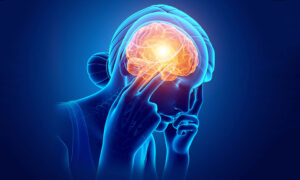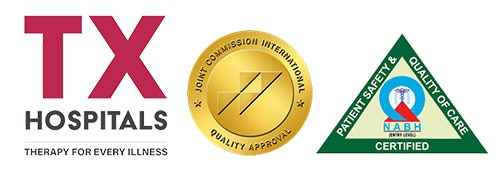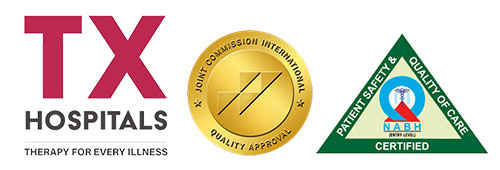Introduction
Headaches and migraines are common neurological conditions that can cause discomfort and impact daily life. While headaches are a general term for pain in the head or neck region, migraines are a specific type of headache characterized by severe pain, often accompanied by other symptoms. Understanding the symptoms, seeking appropriate diagnosis, finding effective treatments, and making lifestyle changes are important steps in managing headaches and migraines.

Symptoms
Headaches can vary in intensity, duration, and location. They may present as a dull ache, pressure, or a throbbing sensation. Migraines, on the other hand, are typically more severe and can be accompanied by additional symptoms such as nausea, vomiting, sensitivity to light and sound, and visual disturbances (aura). Migraines may also cause a pulsating or pounding pain on one side of the head.
Diagnosis
Diagnosing headaches and migraines involves a comprehensive evaluation by healthcare professionals, such as doctors or neurologists. They will consider your medical history, perform a physical examination, and may ask you to describe your symptoms in detail. Keeping a headache diary that tracks the frequency, duration, triggers, and associated symptoms can help in the diagnosis process. In some cases, imaging tests or further medical evaluations may be recommended to rule out underlying conditions.
Treatment
The treatment for headaches and migraines varies depending on the frequency, severity, and individual needs. Over-the-counter pain relievers, such as acetaminophen or nonsteroidal anti-inflammatory drugs (NSAIDs), can provide relief for mild to moderate headaches. For more severe or frequent migraines, prescription medications specifically designed to target migraines may be prescribed. Additionally, lifestyle modifications, stress management techniques, and avoiding triggers (such as certain foods, bright lights, or loud noises) can help reduce the frequency and severity of headaches and migraines.
Lifestyle Changes
Making certain lifestyle changes can be beneficial in managing headaches and migraines:
Regular Sleep Patterns: Maintaining a consistent sleep schedule, ensuring sufficient sleep, and practicing good sleep hygiene can help reduce the frequency of headaches and migraines.
Stress Management: Implementing stress-reduction techniques, such as relaxation exercises, mindfulness, or engaging in activities that promote relaxation, can help manage stress-related headaches.
Healthy Diet and Hydration: Consuming a balanced diet, staying hydrated, and avoiding potential trigger foods (such as caffeine, alcohol, processed foods, or artificial sweeteners) can minimize the likelihood of headaches and migraines.
Regular Exercise: Engaging in regular physical activity, such as walking, swimming, or yoga, can help reduce the frequency and severity of headaches. However, it’s important to start slowly and avoid overexertion, which can trigger headaches.
Identifying Triggers: Keeping a headache diary to identify potential triggers (such as certain foods, weather changes, hormonal changes, or specific activities) can help in avoiding or managing triggers.
Relaxation Techniques: Practicing relaxation techniques, such as deep breathing exercises, progressive muscle relaxation, or meditation, can help relieve stress and tension that may contribute to headaches and migraines.
Remember, everyone’s experience with headaches and migraines is unique, and finding the most effective treatment plan may involve some trial and error. It is important to work closely with healthcare professionals to determine the best approach for managing and preventing headaches and migraines. With proper care, lifestyle adjustments, and a proactive mindset, many individuals can find relief and improve their quality of life.







